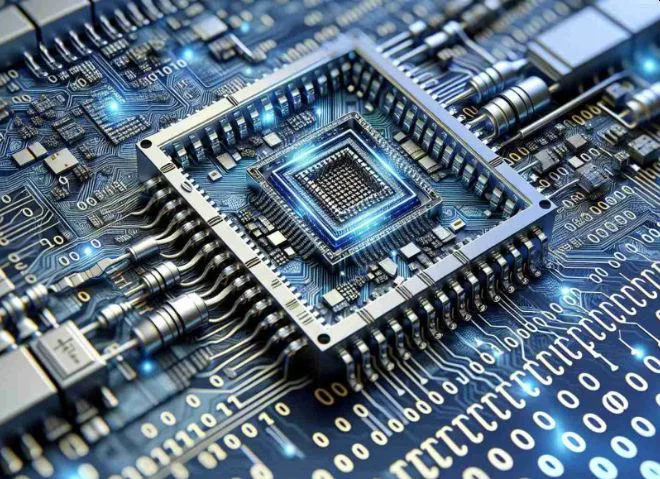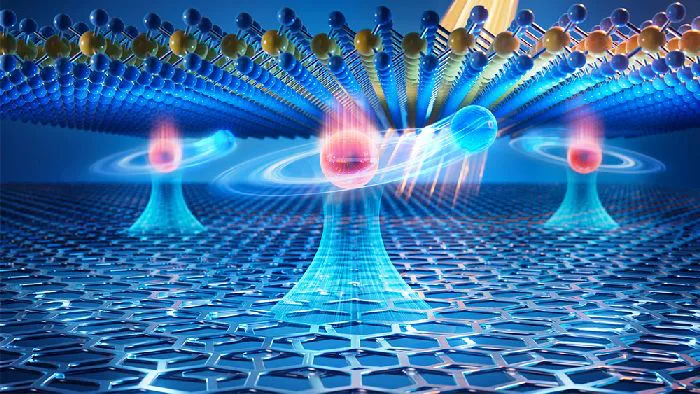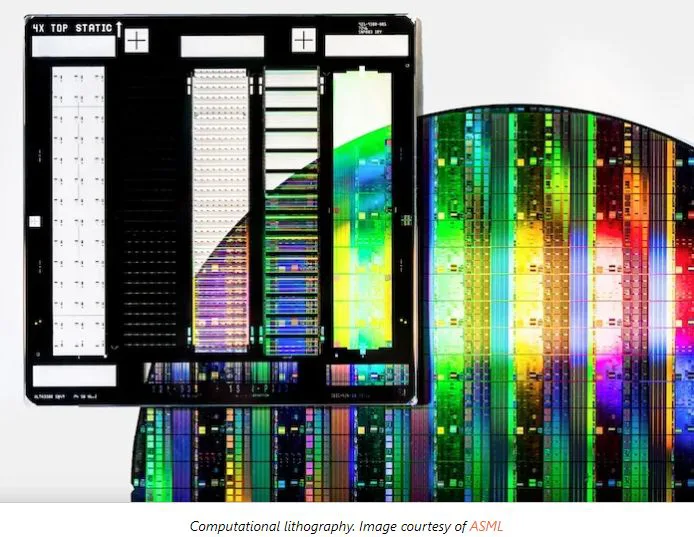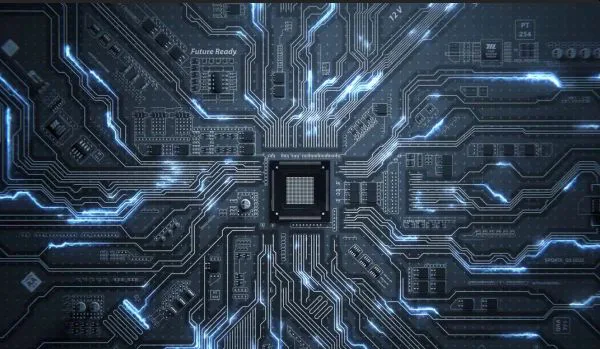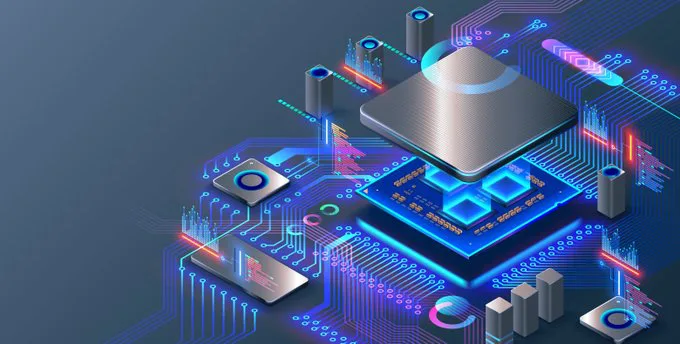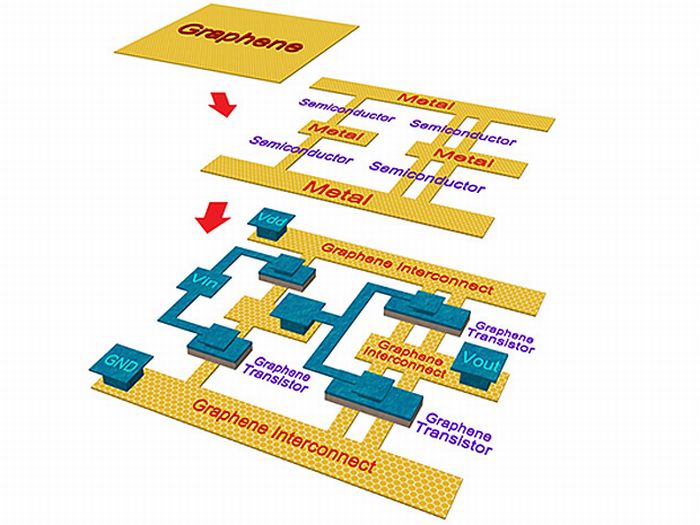If I ask you, what scene in The Matrix that’s always stuck with you, I’m sure most of us would say, the bullet-dodging or the red pill. But for me it’s when Morpheus tells Neo that what he thinks is real is actually just electrical signals interpreted by his brain.
Read MoreTag: semiconductors
Plenty of Room at the Bottom: Thinking Small, Dreaming Big
This document is a written version of a speech given by Richard P. Feynman in 1959, huge shout out to Michigan State University for putting this over internet. Feynman talked about the exciting potential of working with tiny things. He believed that there is a lot we can discover in this area, even though it isn’t directly about basic physics. He was sure that looking into this area could help us grasp difficult subjects more easily and could have many useful applications. Below are some of the ideas covered by…
Read MoreInnovative SiPh Chip: Nanoscale Light Computing Breakthrough
Imagine a world where AI computations are not bound by the limitations of traditional power sources, that is, electricity but by the power of light waves. This is precisely the vision that researchers at the University of Pennsylvania have brought to life with their innovative chip design. This innovation will not only enable the chip to fast-track the processing speed of computers but it will also lessen their energy consumption.
Read MoreElectron Dance: Creating Robust Continuous Time Crystals
Researchers at TU Dortmund University have achieved a breakthrough by creating a remarkably resilient time crystal. It exceeds the temporal stability observed in previous trials by millions of times. This accomplishment not only validates a captivating phenomenon proposed by Nobel Prize laureate Frank Wilczek approximately a decade ago but also echoes themes that have fascinated science fiction enthusiasts. The intriguing findings have been officially documented in the prestigious journal Nature Physics.
Read MoreTransistors Get a Makeover with Sliding Ferroelectricity Power
Lately, tech wizards are aiming to create hardware that combines computation and data storage all in one gadget. These emerging electronics, called as computing-in-memory devices, will be a game-changer for faster speeds and improved data analysis.
Read MoreComputational Lithography: Illuminating the Future of Semiconductor Manufacturing
Tech behind computational lithography has revolutionised the way semiconductors are fabricated. By harnessing the power of computer algorithms and simulations, chip designs have become more efficient and powerful than ever before. Its ability to optimize lithographic processes have given a huge boost to the overall performance and energy efficiency of electronic devices. As we move forward, computational lithography is expected to merge with other technologies and re-shape the future where technology knows no bounds.
Read MoreControlling Atomic Quantum Dots with a Solid-State Device: Quantum Microscopy
Physicists and engineers have been working on quantum technologies, like quantum microscopes, for years. The tool enables for in-depth study of the properties of quantum particles and states. Recently, a team from SQC/UNSW Sydney and the University of Melbourne has developed a solid-state quantum microscope. The microscope can manipulate and analyse atomic qubits in silicon.
Read MoreRydberg Excitons and Moiré Lattices Join Forces: Revolutionizing Quantum Simulation
In the intricate weave of the quantum realm, there exists a remarkable phenomenon known as Rydberg states. They are like the supercharged versions of atoms and molecules. These electrifying states of particles push the boundaries of our regular understanding of the quantum world.
Read MoreComputational Lithography empowering Microchip Advancements: Revolutionizing Chip Design
Semiconductor industry is soaked with one of the most ever-advancing technologies. The demand for smaller, faster, and more efficient microchips keeps the world of semiconductors on its toes. Computational lithography has totally revolutionized the field by meeting the desired level of precision and complexity in chip design.
Read MoreLithography-Free Photonic Chip: Redefining AI Architecture
When it comes to data-heavy applications and sustainable computing, photonic chips have emerged as a promising technology. The use of photonic circuits, powered by laser light, offers an edge over traditional electronic circuits. Some of its remarkable advantages over electronic circuits are: Speed of light: Photonic chips make use of light to transmit and process information, which of course happens at the “speed of light”. Thus, leveraging the feature of light makes them move faster than electrons in electronic circuits.
Read MoreILT and SMO continue to push the Boundaries of Resolution: Semiconductor Manufacturing
Semiconductor manufacturing is experiencing rapid and dynamic growth. The exponential evolution is making it one of the most swiftly evolving industries globally. As technology is advancing, the electronic devices are progressively shrinking in size. Behind this constant innovation lies the incredible field of “computational lithography”. It is the heart of semiconductor industry. After all, it blends the power of computers, mathematics, and precision engineering. Only to create intricate microscale structures on silicon wafers.
Read MoreGame-Changing Diode Enhances Quantum Computers and AI Performance: Quantum Leap
Researchers at the University of Minnesota Twin Cities have created a ground-breaking superconducting diode, which is a crucial element in electronic devices. This innovation has the potential to not only enhance the development of quantum computers for industrial applications but it will also boost the performance of artificial intelligence systems.
Read MoreSemiconductors: Graphene Will Be Replacing Silicon In The Chips
Researchers at the International Technology Roadmap for Semiconductors (ITRS) envision that copper-based relay points in silicon chips would very soon become obsolete. All types of interconnections employed in integrated circuits (ICs) will also cover this redundancy. Graphene, as per scientists, will be the next frontier in computing. Traditional silicon-based transistors and metal interconnects were using materials, which were bulky in the sense that it was affecting the feature-sizes and contact resistance problem. So in order to address this issue, researchers in electrical and computer engineering at the University of California,…
Read More




